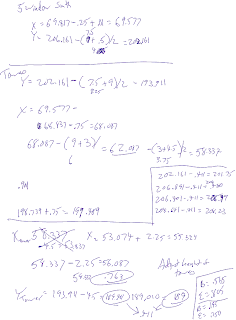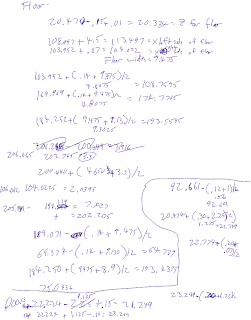Needs: FIRST Robotics is an organization “For Inspiration in Robotics Science and Technology” that conducts robotics competitions for many age ranges in order to spark interest in science and engineering. For this project, I will be focused on the FIRST Lego League (FLL). FLL, a league for kids grades 4-8, challenges them to design, build, and program an autonomous Lego Mindstorms Robot in order to complete several challenges/missions on a plywood sized field. Every year, there is a new theme, new challenges/missions, and significant changes in the rules. As such, there is a demand for qualified volunteers, a need for training, and a desire for on demand information (when not sure of a rule, look it up!). As a FIRST volunteer who travels a lot, having access to information in a small form factor is important. Additionally, it’s nice to have the rules in my pocket at the competition instead of a binder!
As someone who is deeply involved in FIRST Robotics in the role as a referee, it is imperative that I understand FIRST’s commitment to “gracious professionalism.” It’s first and foremost a commitment to the youth in the program and to the other volunteers who participate in creating interest in science and engineering. As a referee, it is my duty to make sure the game is played in a fair, timely, and professional manner. In order to fulfill my duties as a referee as such, FIRST expects its referees to understand the principles with which it was founded, and mostly, know the field setup, game concepts, and of course, the game rules. I could not claim to be a gracious professional, and it would be a disservice to the kids and the other volunteers if I did have a holistic understanding of these.
Learning Goal:
Learners will learn the basic principles of FIRST, the game manual, game logistics, and appropriate adult/youth interaction during the game. They will:
a. Be able to demonstrate a firm understanding of the rules including: field setup, game concepts, and game rules/scoring.
b. Understand and appreciate how FIRST wants you to interact with kids
c. Be able to demonstrate an understanding of event logistics.
Performance Goals:
a. Learners will be able to look up rules on the fly through a manual look up or through a manual search.
With these requirements in mind, I propose to create an iPhone web application that will address a referee’s need for portable information, it will deliver referee training, and it will measure their understanding by quizzing them. Since the content changes yearly, I also propose to create a “backend” for the app that is updateable and tracks learners success with the quiz; I plan to do this by learning to program in php.










































